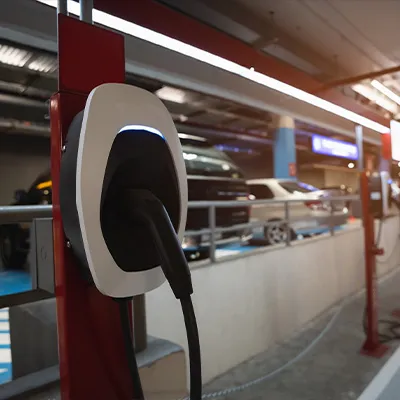I’d like to think it was some of this relentless “never-say-die” EDB spirit that eventually led to the establishment of the Airbus Seletar Campus which houses the company’s regional headquarters, parts distribution centre, as well its largest flight crew training facility in the world; as well as Bombardier’s Singapore Service Centre which houses its regional headquarters, engineering and component repair functions, as well as its largest aircraft maintenance facility in the Asia Pacific region.
Other investments anchored in time included American aircraft OEM Textron’s regional service centre for Bell Helicopters and Cessna Aircraft (2012), British Tier 1 aero-engine supplier RLC Engineering’s fan panel manufacturing facility (2014), French aero-engine OEM Safran’s regional headquarters and MRO facility for helicopter engines (2016), and American aero-engine OEM GE Aviation’s (now GE Aerospace) engine component manufacturing facility (2018).
Aero-Dynamism
By 2019, industry output reached S$12.9bil and we were on an upward trajectory till COVID-19 presented another twist. The global aerospace industry was battered. Travel restrictions to contain the pandemic led to a sharp fall in passenger movements. With fleets grounded, demand for aircraft maintenance and repairs tanked. And as airlines put off new aircraft deliveries, manufacturing activities slowed.
Between 2019 and 2020, our industry’s output dropped by over 20 per cent. With bottomlines hit, companies were compelled to re-examine their global footprint. Activities we had taken years to build were at risk of being lost overnight. Our greatest concern was for our aerospace workforce, and we were intent on retaining as much talent as possible.
EDB secured agreement from the Ministries to support the aerospace industry with the highest tier of support under the Enhanced Jobs Support Scheme; Skillsfuture Singapore rolled out the Enhanced Training Support Package; Workforce Development Agency supported companies to reskill their workers and take on new roles where there remained bright spots such as passenger-to-freighter conversions; industrial landlord JTC deferred rentals; whilst NTUC and its unions facilitated temporary redeployment of excess workers.












